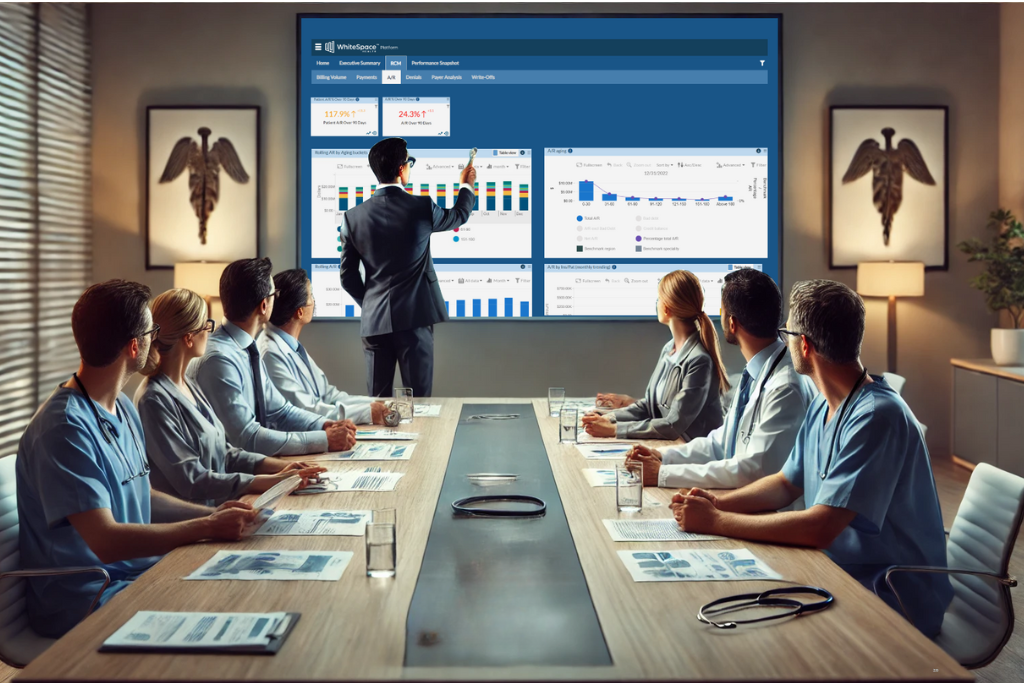

Author: Carrie Bauman: 2025


Author: Nelson Immanuel: 2025


Author: Nelson Immanuel: 2025


Author: Nelson Immanuel: 2025


Author: Nelson Immanuel: 2025


Author: Nelson Immanuel: 2025


Author: Carrie Bauman: 2025


Author: Carrie Bauman: 2025


Author: Nelson Immanuel, Year: 2025


Author: Carrie Bauman, Year: 2025


Author:Carrie Bauman, Year: 2025


Author: Ivan Bradshaw, Year: 2025


Author: Carrie Bauman, Year: 2024


Author: Carrie Bauman, Year: 2024


Author: Carrie Bauman, Year: 2024


Author: Carrie Bauman, Year: 2024


Author: Ivan Bradshaw, Year: 2024


Author: Gautam Char, Year: 2024


Author: Carrie Bauman, Year: 2024


Author: Ivan Bradshaw, Year: 2024




Author: Carrie Bauman, Year: 2024
Author: Carrie Bauman, Year: 2024


Author: Carrie Bauman, Year: 2024


Author: Carrie Bauman, Year: 2024


Author: Gautam Char, Year: 2024


Author: Carrie Bauman, Year: 2024


Author: Sudhir Kshirsagar, Year: 2024


Author: Carrie Bauman, Year: 2024


Author: Carrie Bauman, Year: 2024


Author: Ivan Bradshaw, Year: 2024


Author: Carrie Bauman, Year: 2024


Author: Carrie Bauman, Year: 2024


Author: Carrie Bauman, Year: 2024


Author: Carrie Bauman, Year: 2024


Author: Ivan Bradshaw, Year: 2024


Author: Ivan Bradshaw, Year: 2024


Author: Gautam Char, Year: 2024


Author: Ivan Bradshaw, Year: 2024


Author: Ivan Bradshaw, Year: 2024


Author: Ivan Bradshaw, Year: 2024


Author: Ivan Bradshaw, Year: 2024


Author: Carrie Bauman, Year: 2024


Author: Gautam Char, Year: 2024


Author: Carrie Bauman, Year: 2024


Author: Muthu Krishnan, Year: 2023




Author: Gautam Char, Year: 2023




Author: Gautam Char, Year: 2023


Author: Chris Cousins, Year: 2023


Author: Gautam Char, Year: 2023


Author: Gautam Char, Year: 2023


Author: Ani Osborne, Year: 2022


Author: Saemica Wilkins, Year: 2022


Author: Saemica Wilkins, Year: 2022


Author: Cindy Nyberg, Year: 2022


Author: Cindy Nyberg, Year: 2022


Author: Cindy Nyberg, Year: 2022


Author: Ani Osborne, Year: 2022


Author: Gautam Char, Year: 2022


Author: Gautam Char, Year: 2022


Author: Gautam Char, Year: 2024


Author: Gautam Char, Year: 2024


Author: Mark Anderson, Year: 2024


Author: Muthu Krishnan, Year: 2024


Author: Muthu Krishnan, Year: 2024


Author: Chris Cousins, MBA, Year: 2024


Author: Gautam Char, Year: 2024









